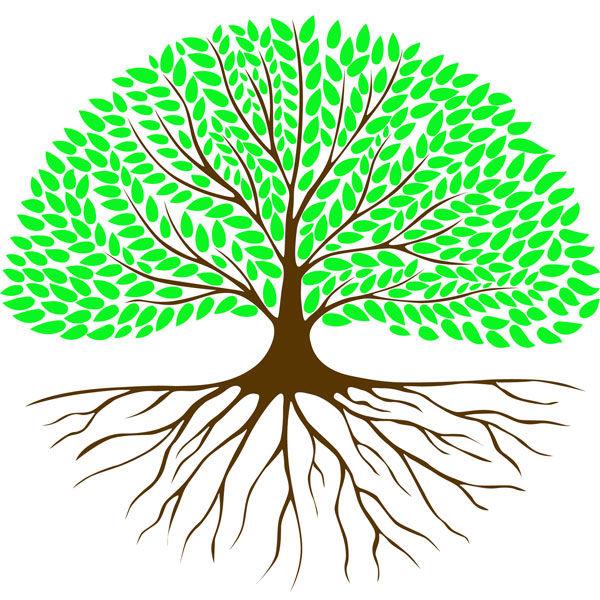Tu B’Shevat seder invites tradition, creativity
Published January 20, 2016
Tu B’Shevat invites us pause to appreciate nature. Known as the New Year of the Trees, it is one of the few Jewish holidays not identified as such in the Torah.
Rather, the Torah instructs that the 15th day of the month of Shevat (thus “tu b’Shevat”) is when we calculate the age of trees for the purpose of tithing. There are no laws for celebrating this holiday. Instead, creativity and a heightened awareness of our environment have given rise over the centuries to some meaningful traditions.
As a child, I saved my allowance to purchase a tree in Israel every Tu B’Shevat through my Hebrew school at Nusach Hari B’nai Zion. Weeks later, when I received my personalized tree certificate in the mail, I felt proud knowing that my purchase would help Israel grow and prosper. You can still buy trees through the Jewish National Fund (jnf.org) or Zo Artzeinu (israeltrees.org/order-trees). Purchasing a tree or two in someone else’s name also makes a lovely gift.
Many of us celebrate Tu B’Shevat by sharing a special meal with family and friends, with foods that showcase one or more of “the seven species of the land of Israel” as mentioned in the Torah: barley, wheat, olives, figs, dates, grapes and pomegranates. Examples of such dishes can include an appetizer of grapes, olives and walnuts (see the recipe below); flatbread with figs, pears, fresh thyme and goat cheese; Chicken Marbella (from the “Silver Palette Cookbook”); and a dessert of dried fruit rugelach or a cinnamon-, fig- and walnut-filled babka.
Another way to celebrate this holiday is with a Tu B’Shevat seder. Jewish scholars date the origins of this tradition to the Kabbalists in Tzvat, Israel, about 500 years ago. The Kabbalists recognized the trees and their fruits as a spiritual metaphor for life and believed that our sacred role as stewards of the planet made us responsible for nurturing and appreciating the environment.
The traditional Tu B’Shevat seder is divided into four sections, each symbolizing one of four elements of the world: assiyah, action; yetzirah, formation; briyah, creation; and atzilut, emanation. During the seder, someone leads a discussion of each element. Following discussion, a blessing is recited over each category of fruits and wines that have come to symbolize that element.
For example, for assiyah, we eat fruits with inedible shells, such as avocados, pomegranates, bananas, almonds and walnuts. For yetzirah, we eat fruits with edible skins and inedible pits or seeds, such as apricots, peaches, pears and cherries. For briyah, we eat fruits that are entirely edible, such as figs, grapes, raisins and berries.
During the fourth category, atzilut, no fruits are eaten. Rather, we are encouraged to use our sense of smell to breathe in the fragrance of cedar or pine trees, or ground spices similar to those passed around during the Havdalah service at the conclusion of Shabbat.
Just as at a traditional Passover seder, Tu B’Shevat seder participants drink four glasses of wine. Unlike Passover, however, the color of the wine is significant. From dark red to dark rosé to a lighter rosé to white, each color symbolizes one of the four elements described above. Each participant creates their rosé-color wine by combining varying amounts of the reds and whites together. And while this will horrify the wine connoisseur at your table, the process is lovely and coincides beautifully with the four physical elements.
If you are interested in hosting a seder, you can find examples of Tu B’Shevat hagaddahs at the Shalom Center’s website (bit.ly/shalom-center) or at Hazon (Hazon.org), or purchase one at the Kabbalah Centre at 8121 Maryland Ave. in Clayton.
Carol Rubin, a Jewish educator and a dear friend, told me about a beautiful Tu B’Shevat seder that the Reform Jewish Academy hosted for their students’ parents a few years ago. The seder explored the various fruits and wine combinations, and guests dipped their fruits into a chocolate fondue.
“The seder was a way to bring to life a minor holiday not mentioned in the Torah,” Carol said. “It raised consciousness of environmental issues and brought the parents closer together. It reminded us to be in awe of creation and to treasure our own lives and families.”
My conversation with Carol got me thinking about a fun way to involve young children in the seder. In addition to having them draw pictures of landscapes and talk about the importance of caring for our planet, you can help them create a Tu B’Shevat “dessert pizza.” Each wedge of the pizza can symbolize one of the elements of the holiday. (See recipe below.)
And for the children, simply substitute white and purple grape juice to mix the varying rosé shades. It should be meaningful, fun and delicious.
I am including recipes for the grape, olive and walnut appetizer I mentioned above, along with recipes for chocolate fondue and the dessert pizza.
Chag Sameach!
Margi Lenga Kahn is the mother of five and grandmother of five. A cooking instructor at the Kitchen Conservatory, she is working on a project to preserve the stories and recipes of heritage cooks. She welcomes your comments and suggestions at [email protected].















